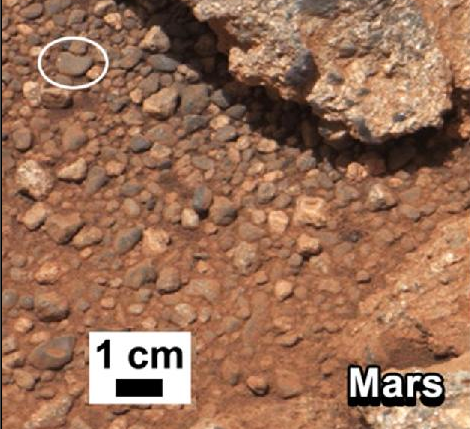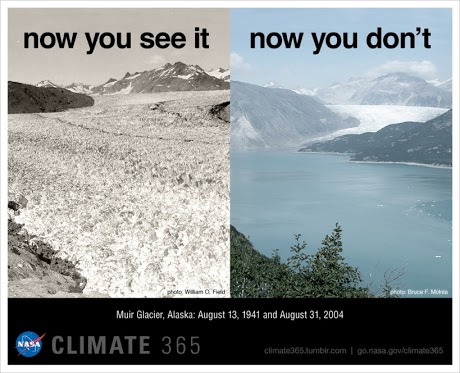The sun emitted a mid-level solar flare, peaking at 6:49 p.m. on June 7, 2013. Solar flares are powerful bursts of radiation. Harmful radiation from a flare cannot pass through Earth’s atmosphere to physically affect humans on the ground, however, when intense enough, they can disturb the atmosphere in the layer where communications signals travel. This disrupts radio signals for as long as the flare is ongoing, anywhere from minutes to hours.
This flare is classified as an M5.9 flare. M-class flares are the weakest flares that can still cause some space weather effects near Earth. This flare caused a moderate radio blackout, rated an R2 on the National Oceanic and Atmospheric Administration’s space weather scales, which range from R1 to R5. It has since subsided.
This is a real-world connection to the NASA Explorer Schools featured lesson, Geometry: Space Math Problems—Solar Storms. To access this lesson, visit the NES Virtual Campus.
To read more about this solar flare and see an image of the flare captured by NASA’s Solar Dynamics Observatory, visit https://www.nasa.gov/mission_pages/sunearth/news/News060813-m5.9flare.html.



 Photo credits: Photographed by William O. Field on Aug. 13, 1941 (left) and by Bruce F. Molnia on
Photo credits: Photographed by William O. Field on Aug. 13, 1941 (left) and by Bruce F. Molnia on